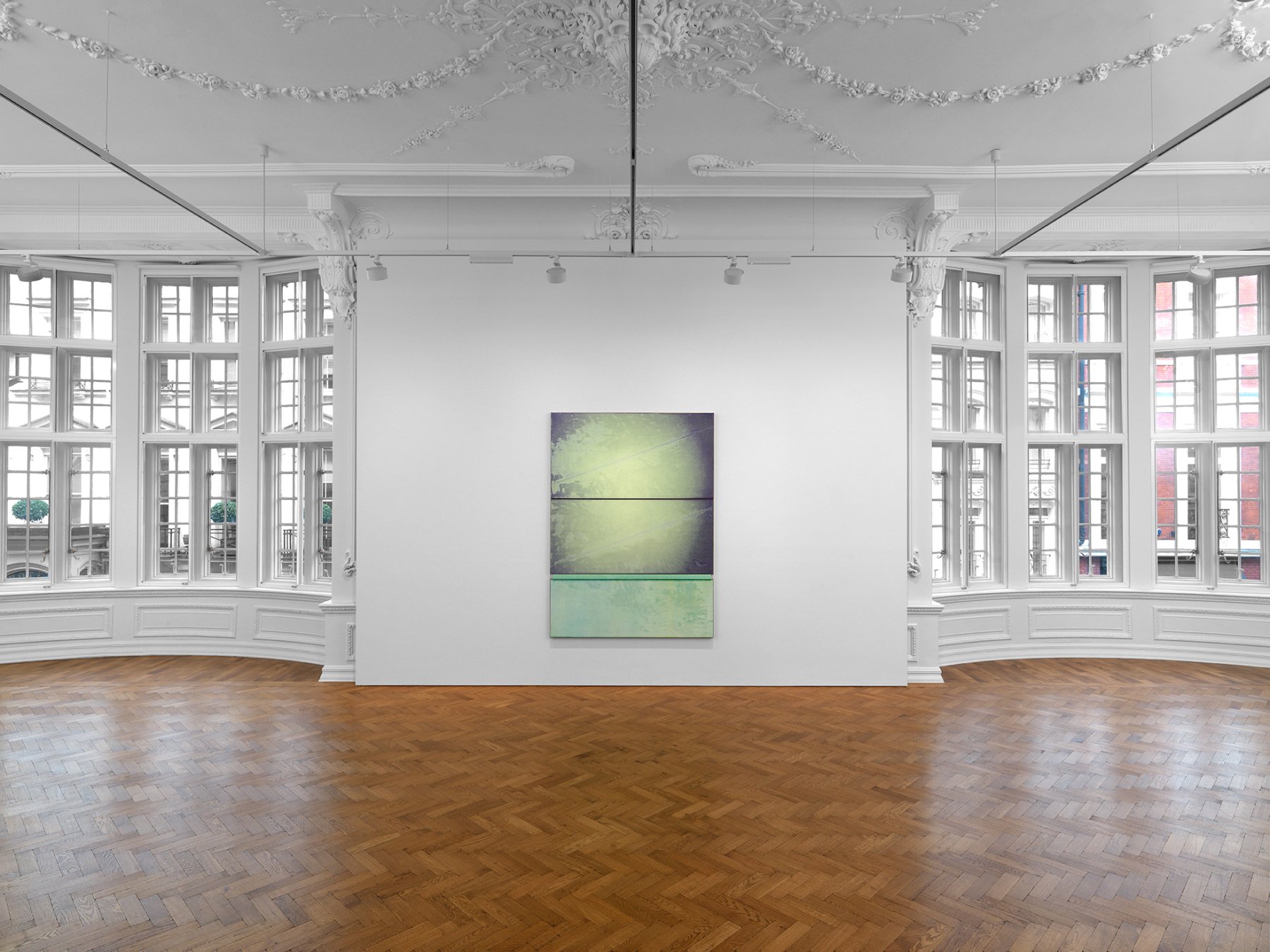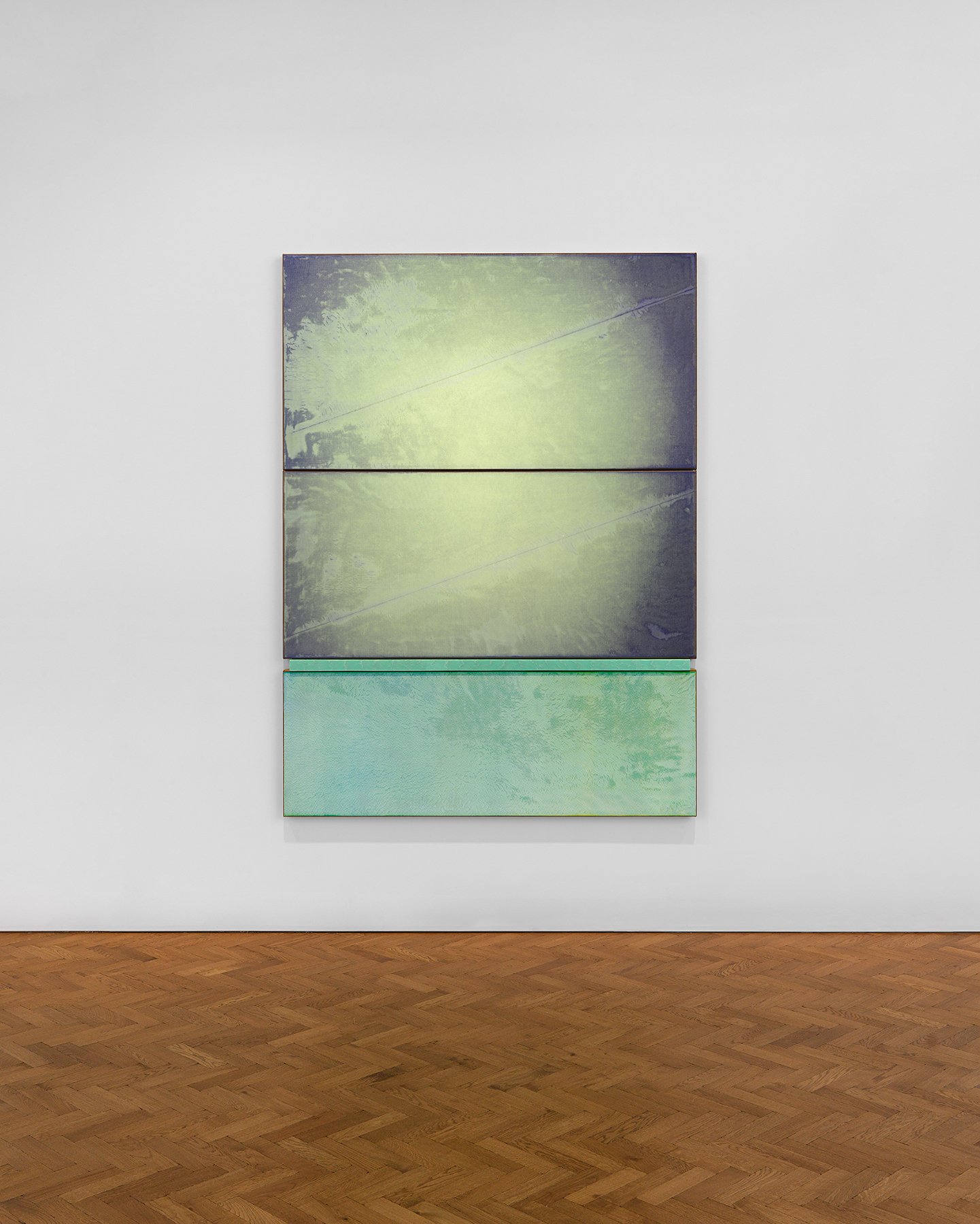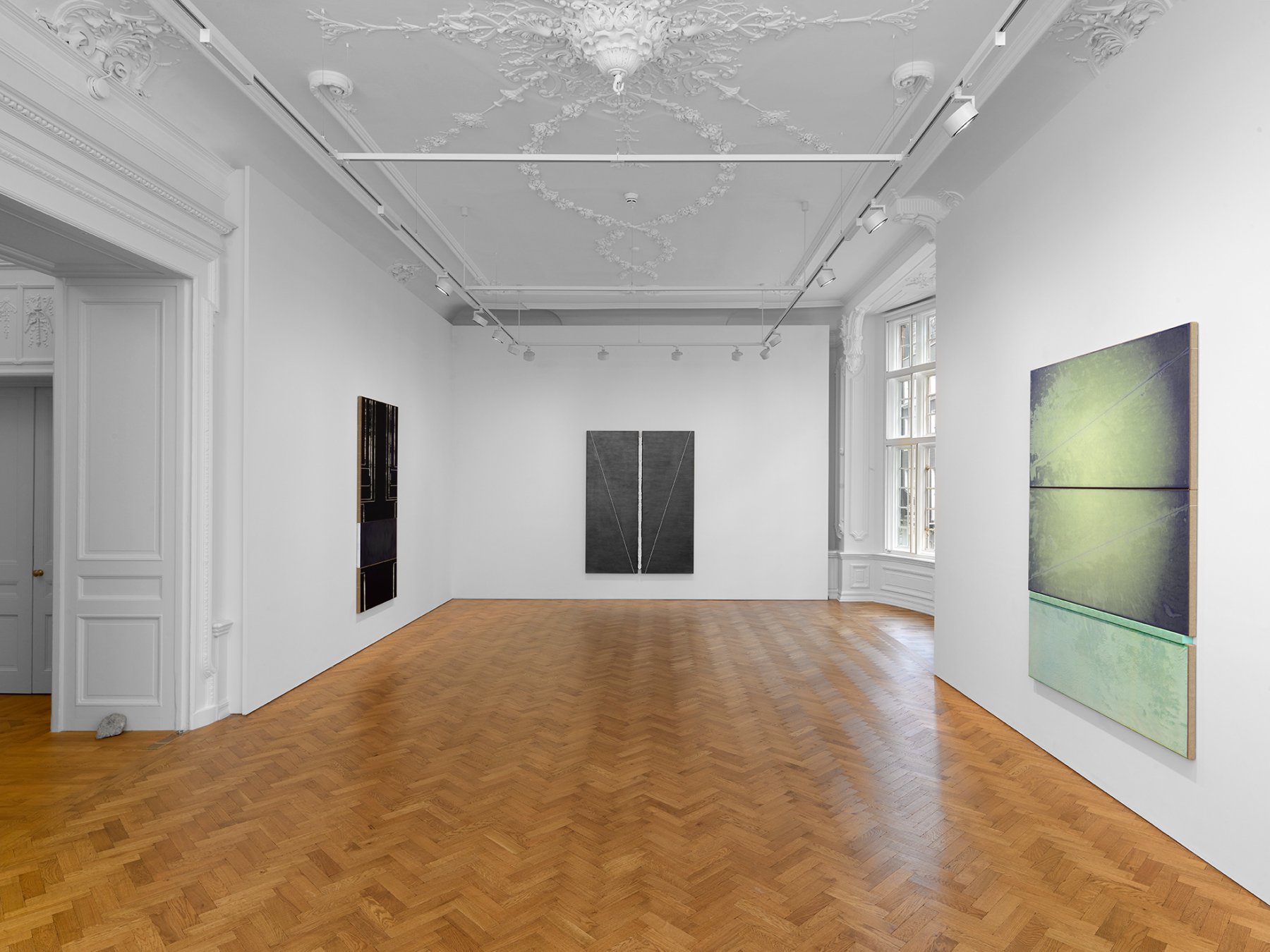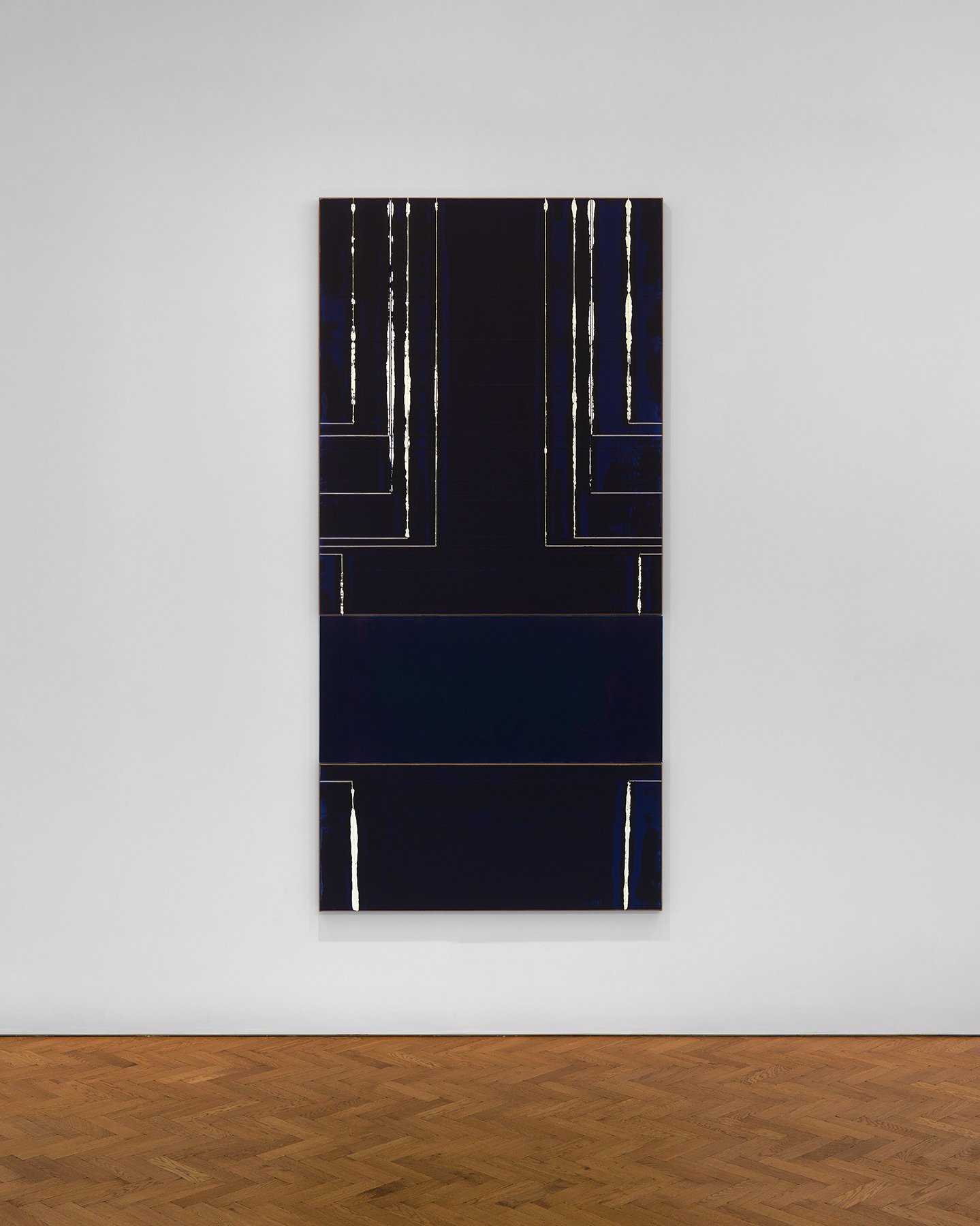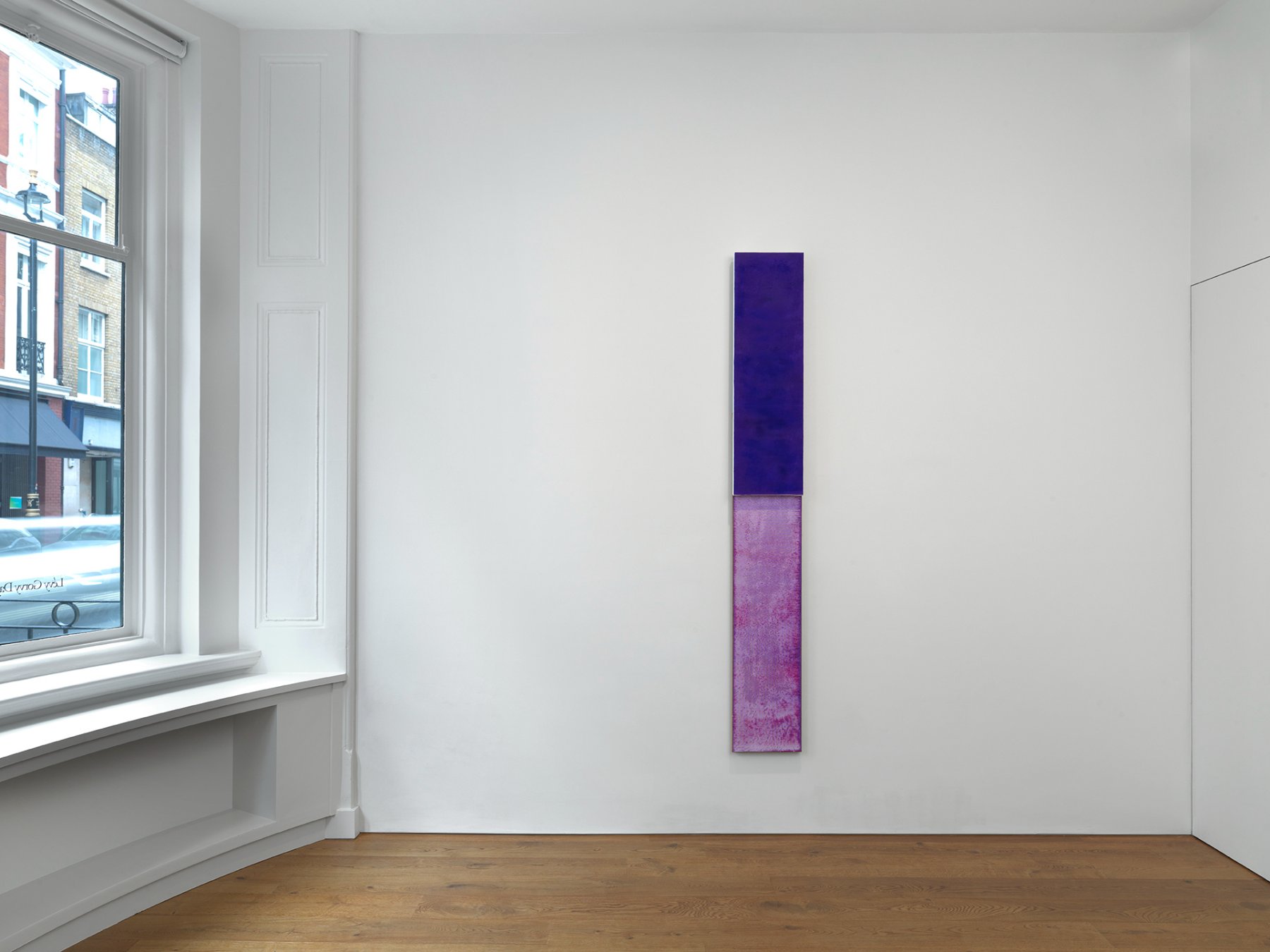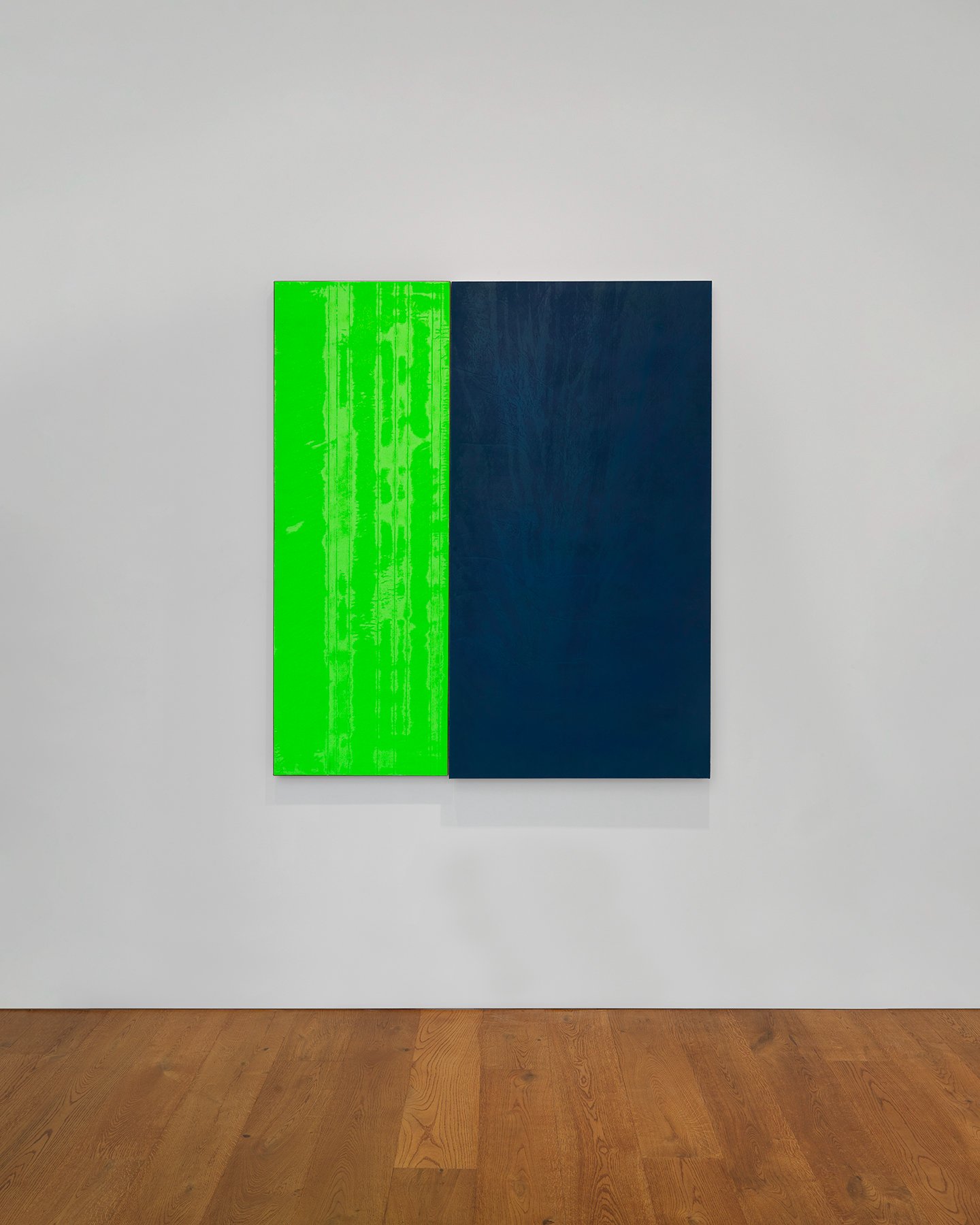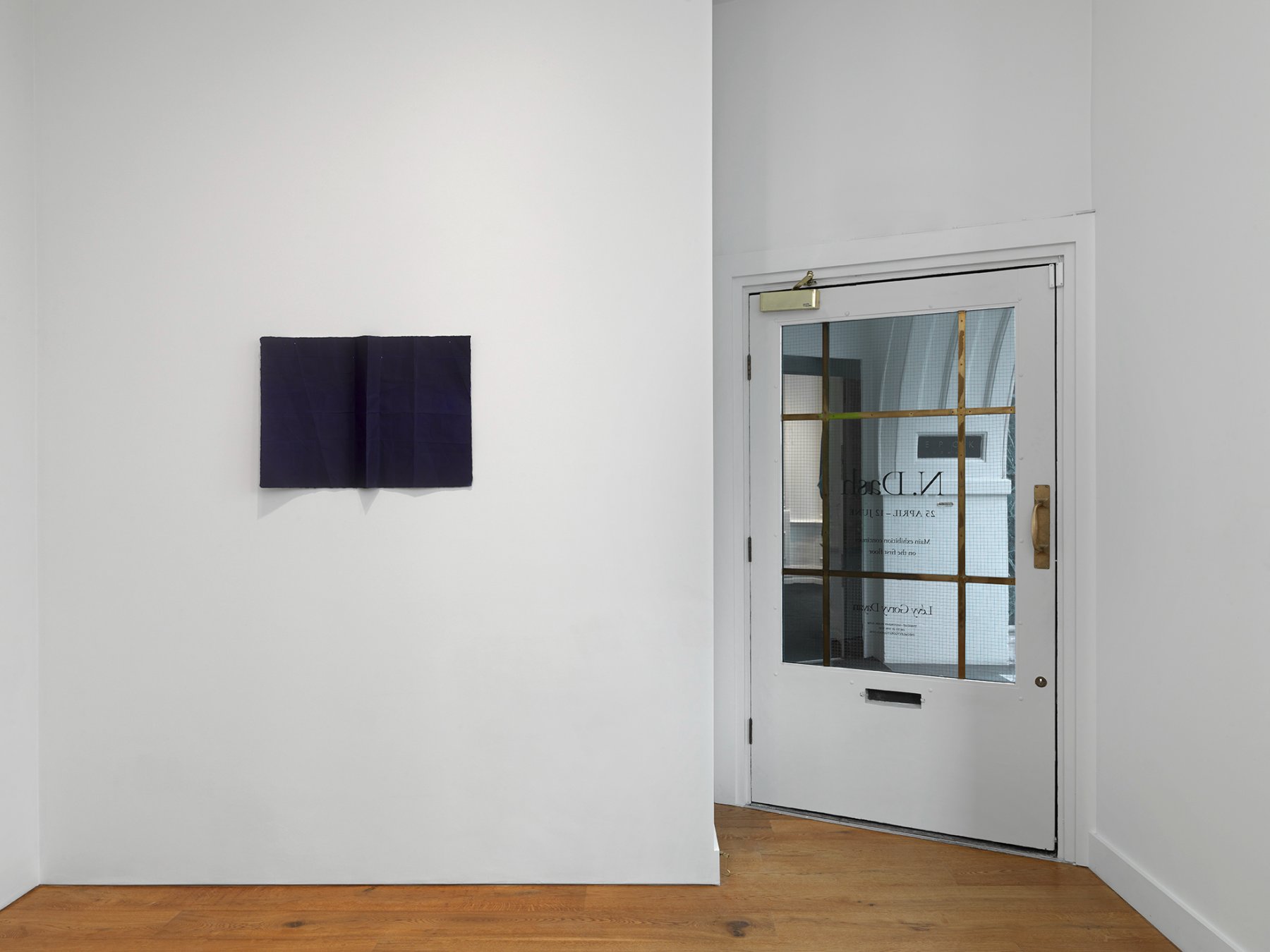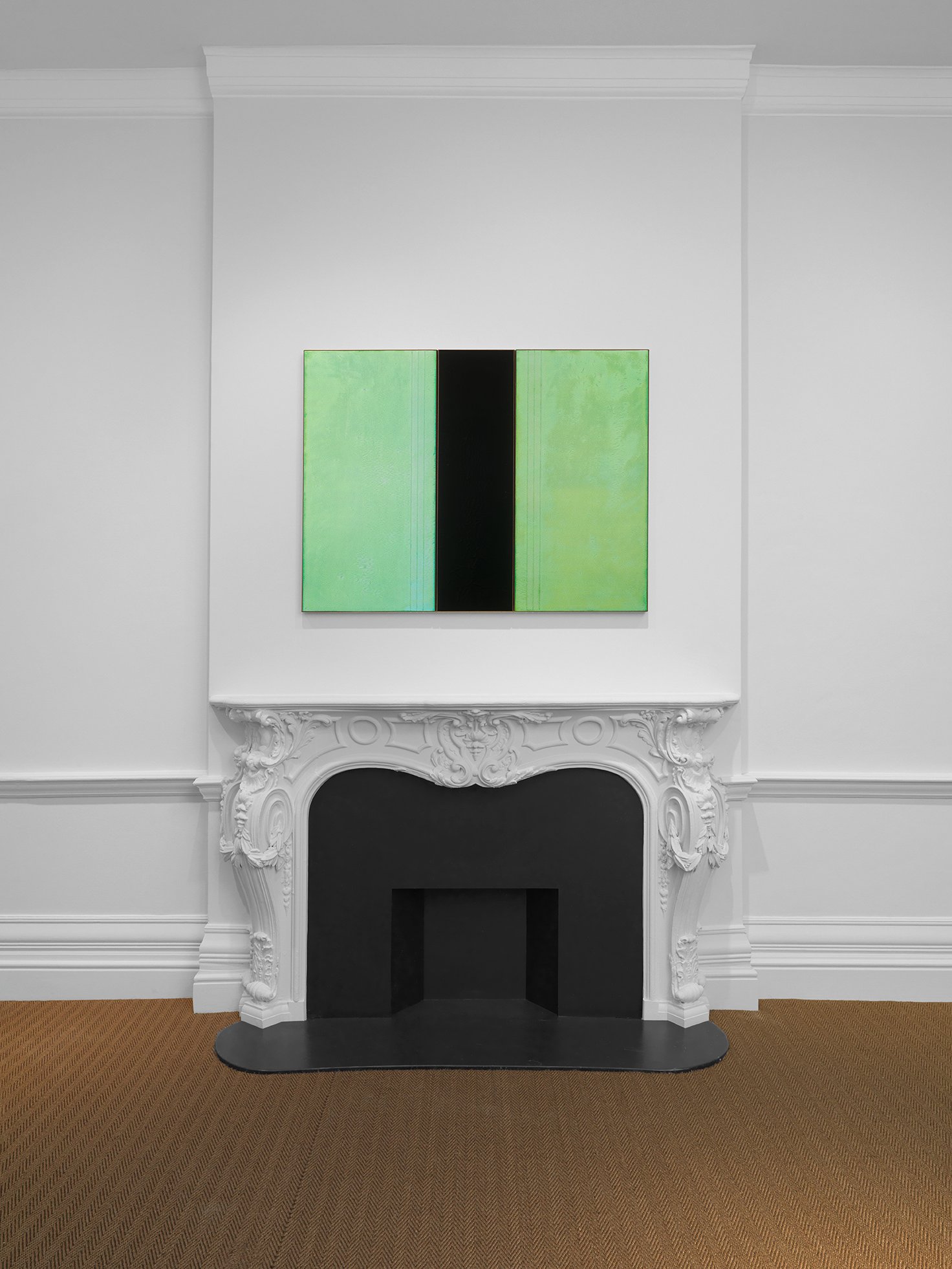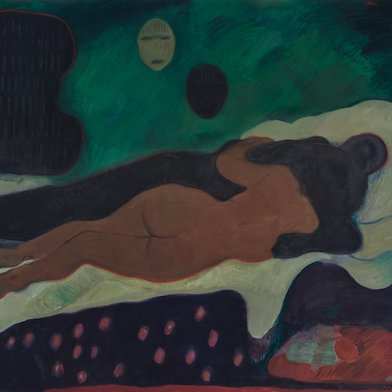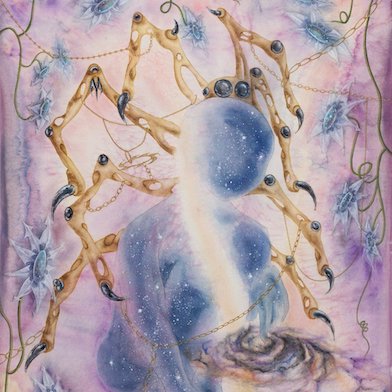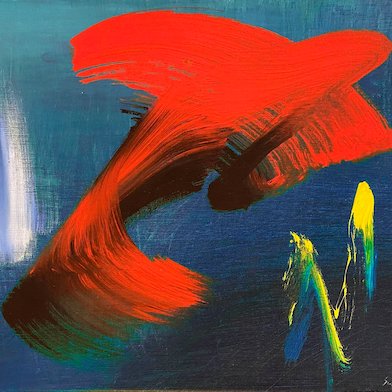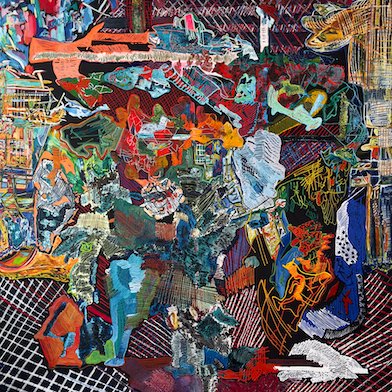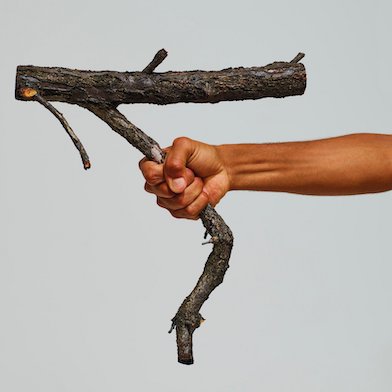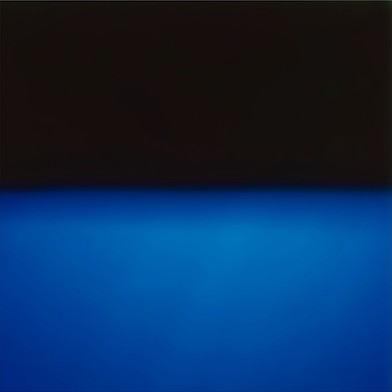Open: Tue-Sat 10am-6pm
Visit
N. Dash
Lévy Gorvy Dayan, London
Artist: N. Dash
Lévy Gorvy Dayan presents a solo exhibition of new paintings by New York-based artist N. Dash, inaugurating the gallery’s new location in London’s Mayfair district. The artist’s debut exhibition with the gallery features multi-panel paintings that explore ecologies of resonance among disparate materials. N. Dash’s practice is grounded in and distinguished by bringing together organic substances, manufactured readymade objects, and images resulting from embodied processes. The tactile surfaces of these restrained, luminous works emphasize haptic experience, drawing attention to the subtle yet seismic effects of touch.
N. Dash’s paintings draw on the building blocks of our natural and constructed worlds, including
earth and water, jute and cotton, graphite and oil, along with oft-overlooked fabricated items such as architectural insulation and factory-produced cardboard. Across the works in the exhibition, these elements are recombined to elevate the structural, textural, and energetic synergies and tensions among them. A work whose hue resembles patinated copper might comprise Styrofoam insulation, or an image might be silkscreened onto a panel on which earth has been troweled and dried into a cracked, furrowed plane. There are slippages among the many materials, processes, and signifiers that are evoked in these paintings—each held together by careful, spare decisions.
At the core of N. Dash’s work is a daily ritual wherein the artist rubs a small piece of white cotton between finger and thumb until the machine-loomed fibers fray and lose their gridded structure, decomposing into an abject tangle. For the artist, the fabric serves as a recording device on which actions are imprinted, energy is captured, and immaterial forces are stored. The resulting sculptures are colored by a patina of dirt and oils, transformed by the spontaneous movement of the artist’s body. The grid, one of modernism’s paradigmatic forms, is undone again and again in the artist’s hand—by the body, the weather, and the environment. The artist photographs iterations of these sculptures and silkscreens the images onto panels prepared with earth, such that the images undulate according to the earth’s topography. In addition, planes of color are silkscreened, leaving fields of rosette patterns that result from the halftone printing process.
The works’ beveled edges reveal their earthen substrates, allowing them to breathe. In these carved-out margins, the layers of earth, gesso, and jute are rendered visible, exposing the quasi-geologic structure of each panel. This strategy appears differently in a series of works in which strings are embedded in, or excavated from, the earthen grounds, the latter creating fine trenches of negative space, where the materiality of the work is exposed and raw. Ecological concerns course through these paintings with references to human and nonhuman interconnection and intervention. They examine, on an intimate scale, the impact of touch on natural resources, and reckon with the ways in which synthetic materials contain, shape, and merge with the environment. Here, Photoshop can imitate a field of flowers with an algorithmic printing pattern, but a rosette is still a field of ones and zeros. These questions of mimesis, artificiality, and exploitation are at play in these paintings, but subtly so. Through the works on view, nature and byproducts of manufacture are counterposed on vertical stages of earth, uplifting this most fundamental material and source.
